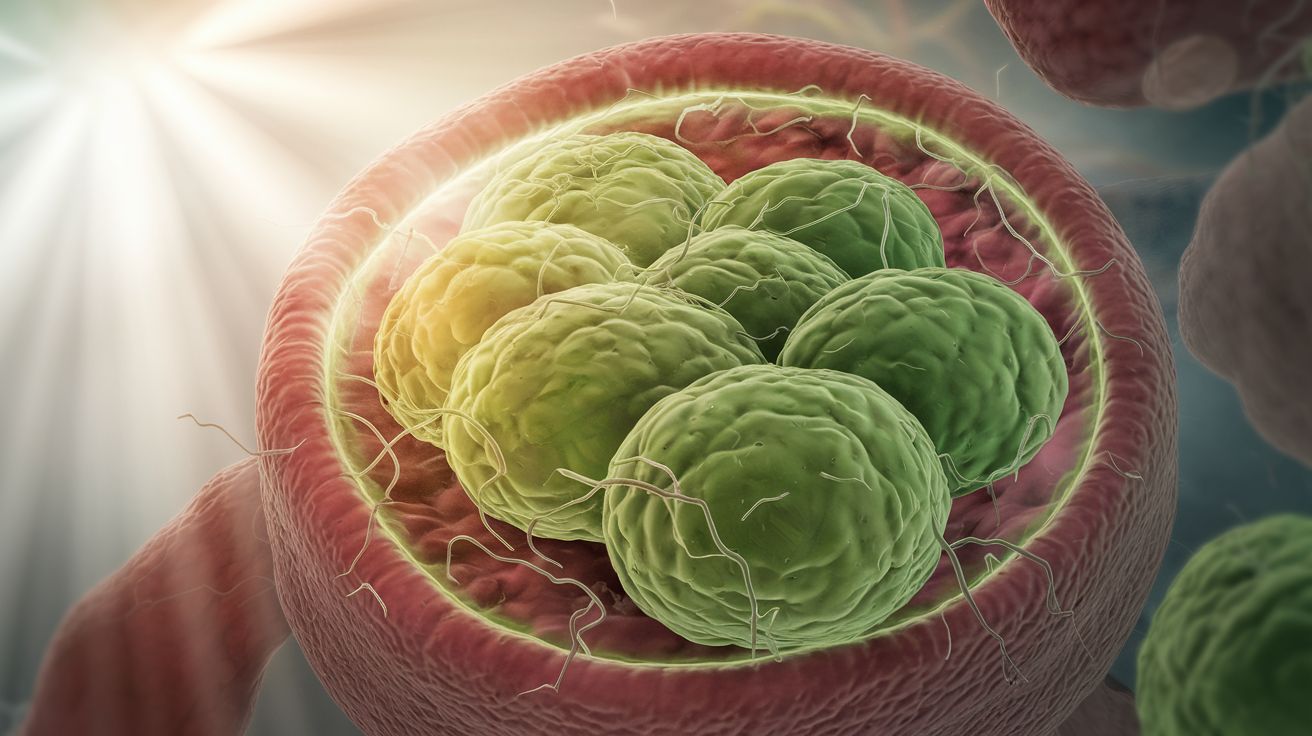Researchers modify animal cells and enable them to perform photosynthesis 🌱
Published by Cédric,
Author of the article: Cédric DEPOND
Source: Proceedings of the Japan Academy
Other Languages: FR, DE, ES, PT
Author of the article: Cédric DEPOND
Source: Proceedings of the Japan Academy
Other Languages: FR, DE, ES, PT
Follow us on Google News (click on ☆)
The experiment hinges on a key element: chloroplasts. These organelles, present in plants, convert sunlight into energy usable by the cell. Until now, it was believed they could only function in plant cells. Researchers at the University of Tokyo challenged this assumption by implanting red algae chloroplasts into hamster cells.

The results are astounding. Not only did the chloroplasts survive, but they also maintained their photosynthetic activity for two days, producing oxygen inside the very animal cells. This energy autonomy is a breakthrough, as animal cells typically rely on mitochondria to generate energy.
To measure this activity, scientists used a special light to observe the fluorescence of chlorophyll, indicating that photosynthesis was indeed occurring. This advancement could address a critical issue: growing artificial tissues in laboratories is often hindered by a lack of oxygen, particularly in deeper layers.
These hybrid cells could, thanks to photosynthesis, produce their own oxygen, thereby enabling the cultivation of larger, more functional tissues, such as organs or skin. Professor Sachihiro Matsunaga, who leads the study, emphasizes that the inspiration comes from nature: some marine organisms already live in symbiosis with algae to obtain oxygen and nutrients.
The applications are promising. In tissue engineering, this technology could not only reduce dependency on external support systems but also accelerate the production of lab-grown meat or artificial organs. Biological tissues could thus be created more easily and with a smaller ecological footprint.
The research team plans to continue their work to understand the interactions between animal cells and chloroplasts. The path is now open for sustainable biotechnology, which harmoniously combines two worlds that were previously considered incompatible: the plant and the animal worlds.
What is a chloroplast?
The chloroplast is an essential organelle of plant cells and algae, responsible for photosynthesis. Within this organelle, light is captured and converted into chemical energy, enabling plants to produce glucose, their energy source.
This process is made possible by chlorophyll, the green pigment found in chloroplasts. Chlorophyll captures light energy and triggers chemical reactions that transform water and carbon dioxide into glucose and oxygen. The latter is released into the atmosphere, a vital aspect for the respiration of most living beings.
Chloroplasts are considered descendants of cyanobacteria, a group of photosynthetic bacteria. This evolutionary origin, through an ancient symbiosis, explains why chloroplasts contain their own DNA, distinct from that of the host cell.